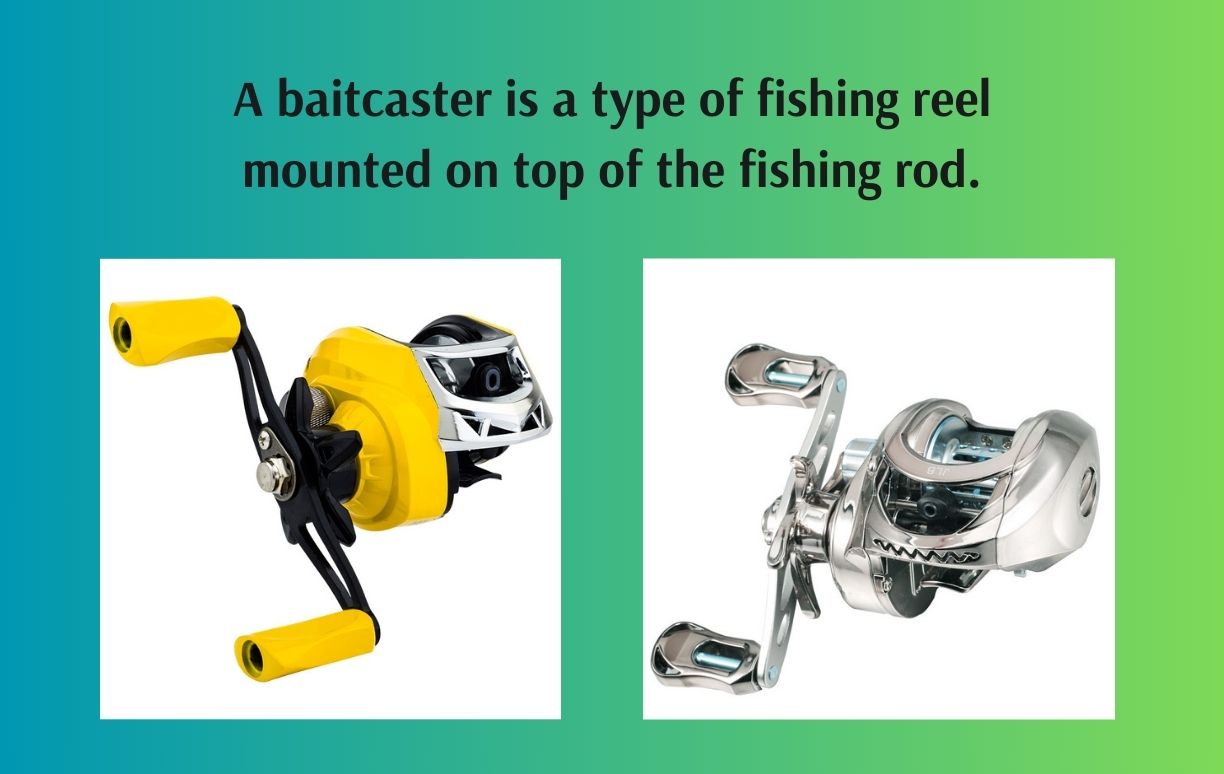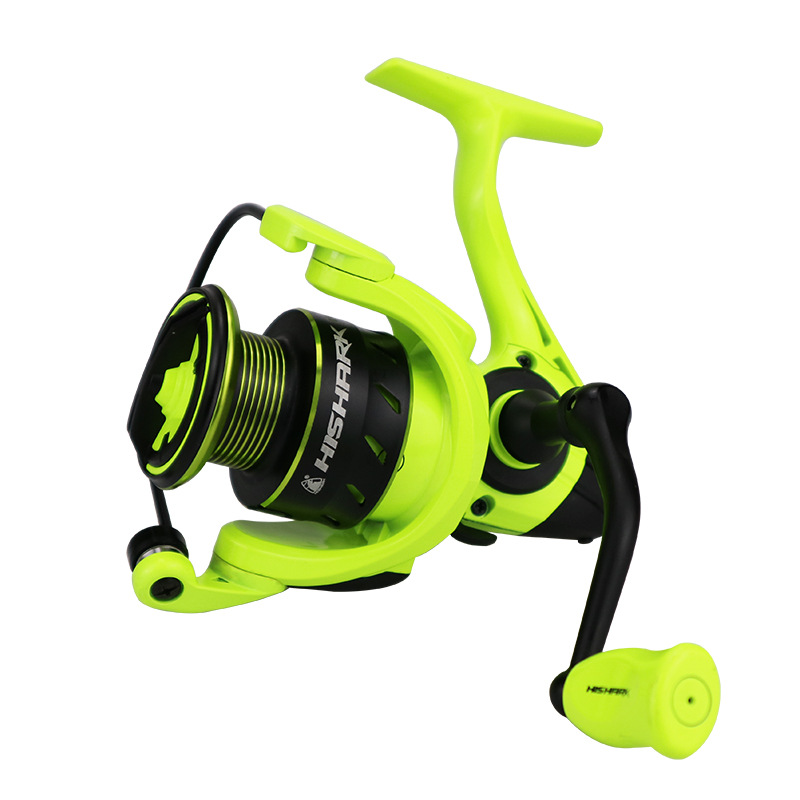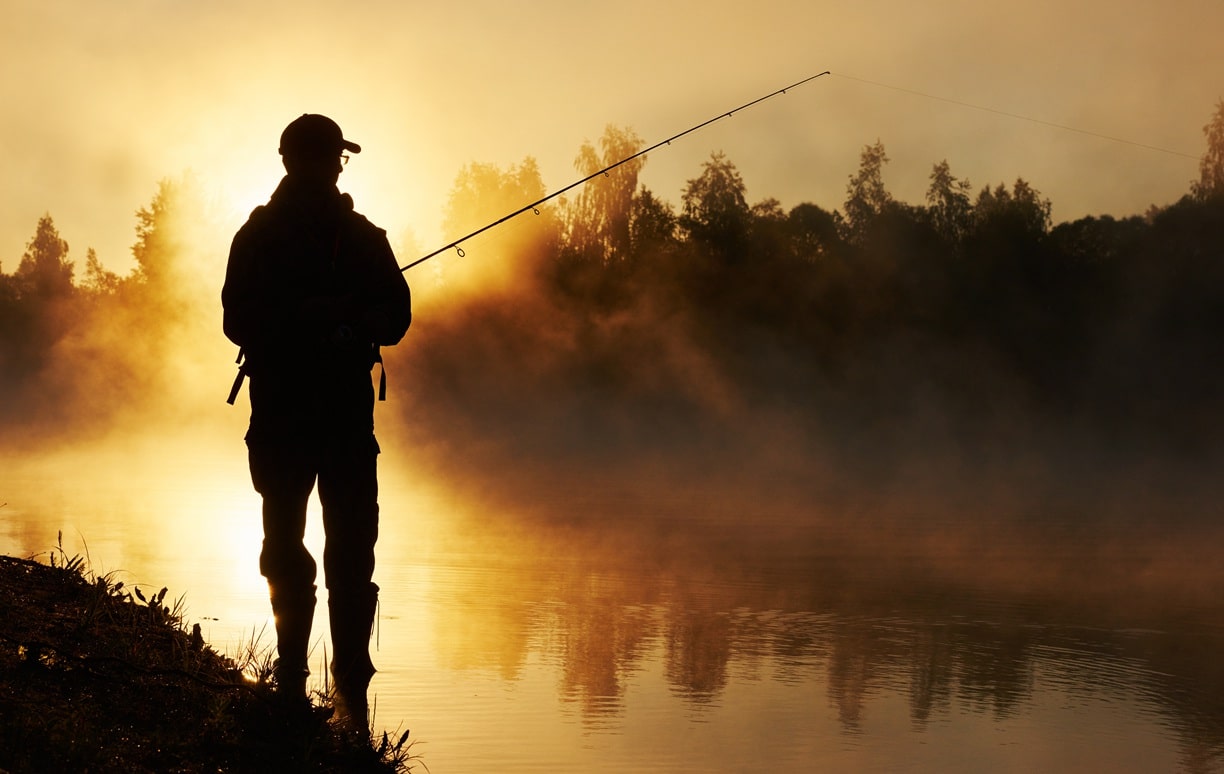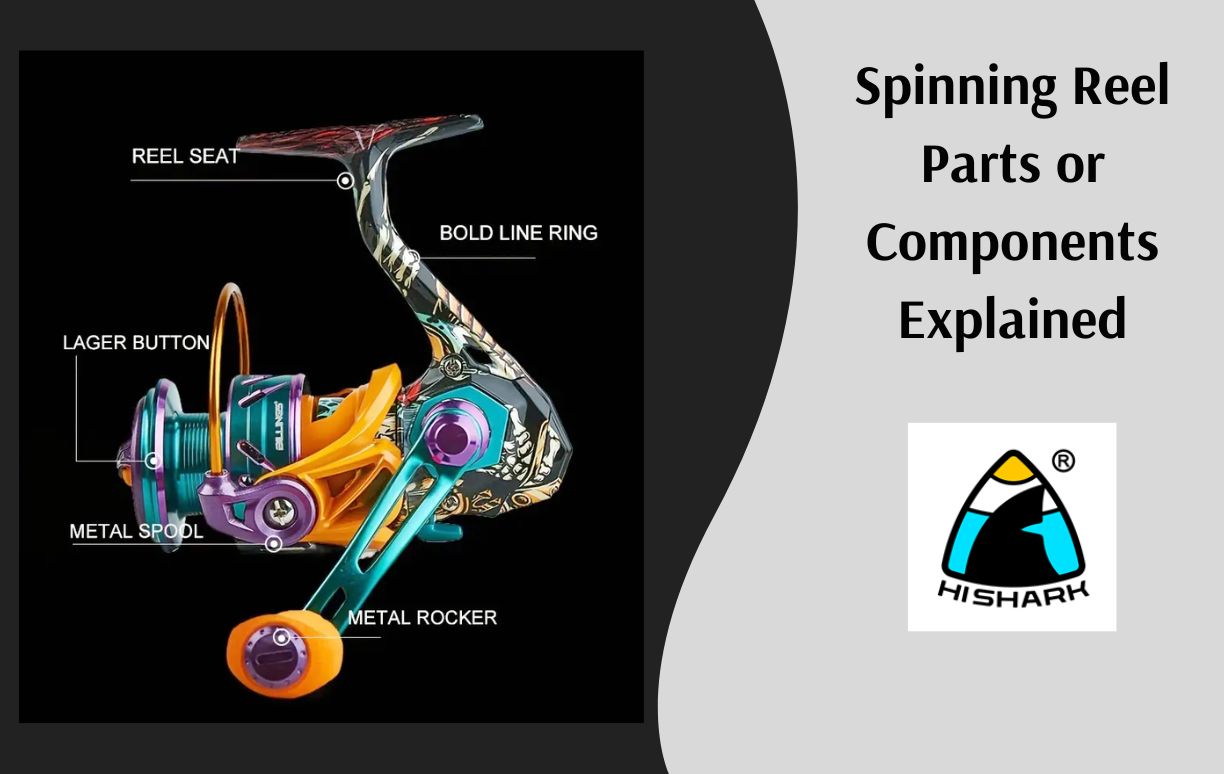
What is a baitcaster?
Baitcasting reels, often referred to as baitcasters, are favored by seasoned anglers for their accuracy and control. However, beginners may find them daunting because of their intricate design. This detailed guide will introduce you to the fundamentals on how to use a baitcaster, providing tips and techniques to enhance your skills. Let’s dive in.
What is a Baitcaster?
A baitcaster is a type of fishing reel that is mounted on top of the fishing rod. Unlike spinning reels, the spool on a baitcasting reel rotates as you cast and retrieve the line. This design offers better control and allows for more precise casting, particularly with heavier lures.
Baitcasters are popular for their capability to handle larger fish and their adaptability in various fishing conditions. Now, let’s go through using a baitcaster.
Parts of a Baitcaster
Understanding the components of a baitcaster is crucial for mastering its use:
Handle: Used to reel in the line.
Spool: Holds the fishing line and rotates to release and retrieve it.
Drag System: Adjusts the resistance the fish feels when pulling the line.
Brake System: Controls the speed of the spool to prevent backlash.
Line Guide: Ensures the line is evenly distributed on the spool.
Thumb Bar: Engages or disengages the spool for casting.
Setting Up Your Baitcaster
Choose the Right Line: Baitcasters are best suited for heavier lines. A 10-12 lb monofilament line is a good starting point for beginners, as it is easier to manage and less prone to backlash.
Spool the Line: Thread the line through the rod guides and attach it to the spool. Make sure to fill the spool to about 1/8 inch from the edge to prevent overfilling, which can cause tangles.
- Adjust the Drag: Set the drag to about one-third of the line’s breaking strength. This setting will prevent the line from snapping if a fish pulls hard.
- Set the Brake System: Most baitcasting reels have a magnetic or centrifugal brake. Start with a medium setting to balance control and casting distance. As you gain experience, you can fine-tune the brakes to suit different fishing conditions.
You can see one similar post on how to spool a spinning reel for your reference.
Casting with a Baitcaster
Hold the Rod Correctly: Grip the rod with your thumb resting on the spool. This grip gives you better control over the line release and helps manage the spool’s speed while casting.
Press the Thumb Bar: This action disengages the spool, allowing it to spin freely.
Use Your Thumb to Control the Spool: As you cast, use your thumb to adjust the spool’s speed. If it spins too fast, you might experience backlash, but if it spins too slowly, your casting distance will suffer.
Release the Line: Let go of the thumb bar as you make your forward cast. Timing this release is essential for achieving both accuracy and distance in your casts.
Feather the Spool: Gently press your thumb on the spool as the lure hits the water. This technique helps prevent backlash by gradually slowing the spool down.
Avoiding Backlash
Backlash, or bird’s nest, happens when the spool spins faster than the line can come out, resulting in a tangled mess. Here are some tips to prevent it:
- Practice: Begin with short casts and gradually extend the distance as you gain confidence.
- Use the Brakes: Adjust the brake system to suit your casting style and the weight of your lure. Heavier lures need less braking, while lighter ones require more control.
- Control with Your Thumb: Always apply slight pressure on the spool with your thumb, particularly at the start and finish of the cast.
There is one great post about spinning reel fishing techniques for your review. Over there you can understand how to use skills of spinning fishing reels.
Adjusting the Baitcaster for Different Conditions
Windy Conditions: Adjust the brake setting to a higher level to slow down the spool and avoid backlash.
Heavier Lures: Lower the brake setting to enable longer casts, as heavier lures tend to pull more line off the spool.
Lighter Lures: Raise the brake setting to improve control over the spool speed. Since lighter lures exert less pull, the spool requires additional resistance.
Retrieving the Line
Engage the Spool: After casting, turn the handle to re-engage the spool.
Reel in Smoothly: Retrieve the line with a steady motion. Avoid any jerky movements, as they can lead to tangles or cause you to lose your catch.
Adjust the Drag: When you hook a fish, make sure to adjust the drag so you can tire it out without risking a broken line. A properly set drag lets the fish run while keeping the line intact.
Maintenance Tips
Make it a habit to clean your baitcaster after every use by wiping it down to eliminate dirt and salt. This simple practice helps prevent corrosion and prolongs the lifespan of your reel.
Lubricate: Use reel oil on the moving components, like the fishing reel handles and spool bearings, to ensure they operate smoothly.
Inspect the Line: If you notice any signs of wear or damage, it’s time to replace it. A frayed line is more likely to snap and can ruin your fishing experience.
Troubleshooting Common Issues
To address backlash, adjust the brake and dedicate time to practice your casting technique. Regular practice will help you achieve the right balance between thumb control and brake settings.
For line twist, make sure the line is spooled properly and free of twists. A twisted line can lead to tangles and hinder your casting performance.
If you experience sticky drag, clean and lubricate the drag system to ensure it operates smoothly. A responsive drag is crucial for managing fish without risking line breakage.
Advanced Techniques
Pitching: This technique is perfect for making short, accurate casts in confined areas. Keep the rod tip low and use a smooth pendulum motion to swing the lure. It’s particularly effective for fishing around structures such as docks and bushes.
Flipping: Best suited for situations with heavy cover. Let out some line and use your wrist to flip the lure into the desired spot. This approach enables you to place the lure quietly and precisely in thick vegetation.
Summary on How to Use a Baitcaster
Using a baitcast reel can be tricky initially, but with some practice and patience, you’ll develop the control and precision that many anglers value. Follow this guide, and you’ll be casting like a pro before you know it.
Start off slowly, practice consistently, and tweak your reel settings as necessary. Over time, you’ll discover that baitcasting is a fulfilling and enjoyable part of your fishing experiences.
Using a baitcaster can take some practice, but it provides excellent casting control and accuracy. Begin by adjusting the spool tension and brake system to suit the weight of your lure. If the tension is too low, you might experience backlash, while too much tension can reduce your casting distance.
Hold the rod at about a 45-degree angle, press the thumb bar to release the spool, and use your thumb to gently control the line as it unwinds during the cast. A smooth, fluid motion is essential for effective casting.
As your lure nears the water, apply pressure with your thumb to stop the spool and prevent backlash. Once your lure hits the water, engage the reel by turning the handle and start retrieving. Adjust the drag system as necessary to manage the fish. Baitcasters are particularly effective for precision casting with heavier lures and in challenging fishing conditions.


















